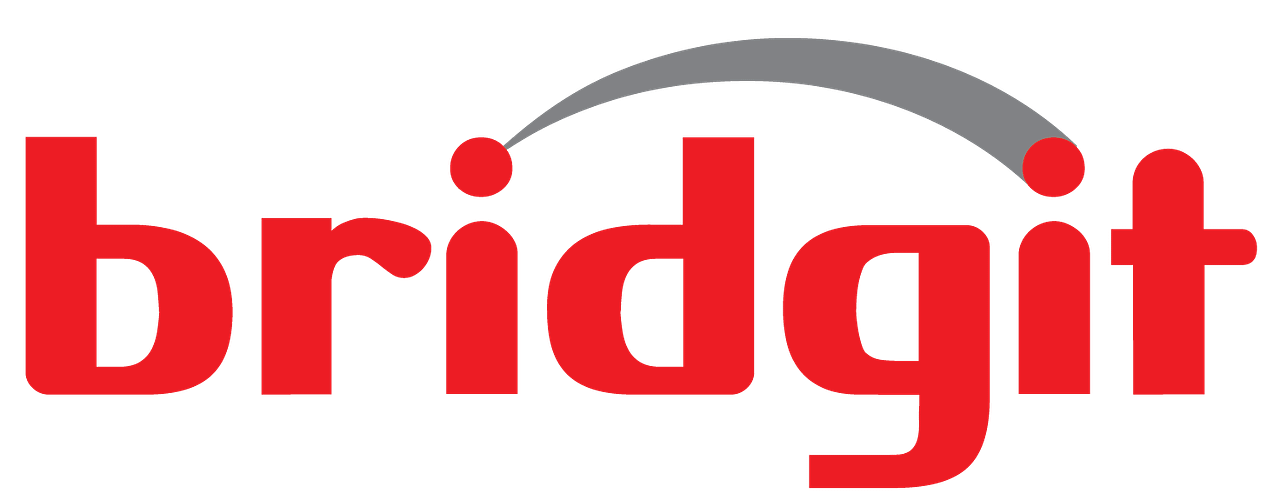COURSE OVERVIEW
Most people, once they leave the formal education system, do not focus on any further learning or on continuing to develop their thinking and problem solving skills. As their careers progress, they become more expert in a few things, but less capable in dealing with or understanding things outside their domain of expertise. Research shows that most people only use a fraction of their cognitive abilities yet the ongoing exercise of the brain function can reduce mental debilitation throughout life.
This challenging, but entertaining, course revisits many of the creative thinking and problem solving skills that lie dormant in the average person. The course explores various kinds of individual and group problem solving approaches and various thinking styles.
Delegates will go away with a fresh outlook on organisational problem solving, and be motivated to expand their cognitive horizons
TARGET AUDIENCE
- Executives
- Senior Executives
- Managers
- HR Management
LEARNING OUTCOMES
- Provide a fundamental understanding of how creative thinking works
- Learn techniques to define and describe problems
- Identify Root causes and differentiate between problems and symptoms
- Identify specific tools and techniques that consultants can use during the problem solving life cycle
- Give participants a complete framework for managing issues and problems – from identification to resolution
- Identify various problem-solving techniques and apply these in solving business problems
- Understand thinking models and practise exercises to help in thinking outside-the-box and generate a larger solution space
- Understand creativity and blocks to creativity
- Arrive at objective, well-reasoned decisions in a reasonable time
COURSE OUTLINE
Creative Thinking
- What is Creative Thinking?
- Creative Thinking Techniques
Defining the problem
- Problem Identification
- Root Cause Analysis
Formulating the hypothesis
- Issue diagramming
- Developing the hypothesis
- Framing the key questions
Collecting the facts
- Identifying data and information needs
- Collecting the data
Conducting the analysis
- Benchmarking
- Pareto
- Force Field Analysis
Developing the Solution
- Impact Analysis
- Testing the solution



